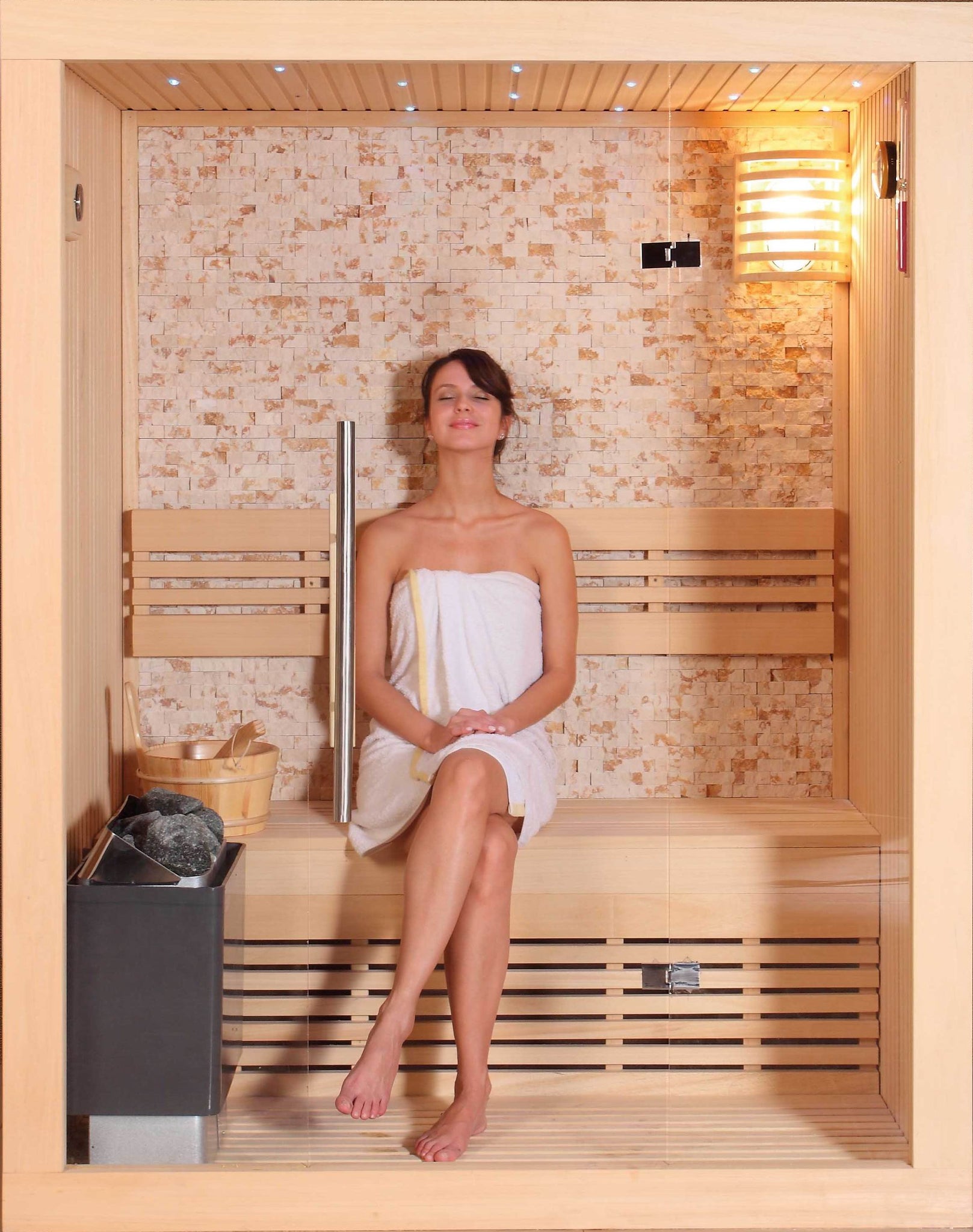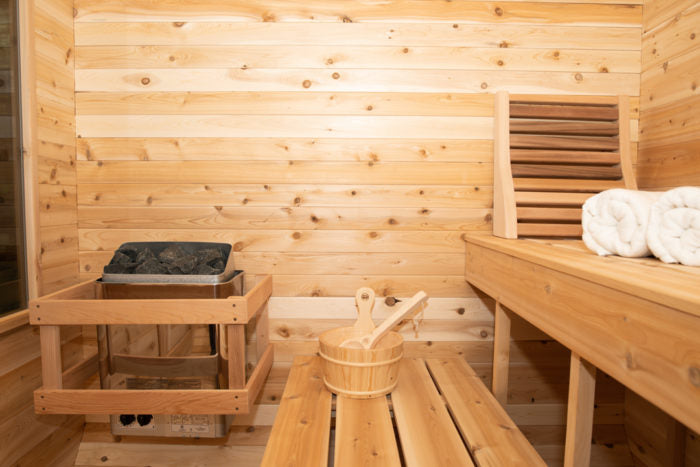The Main Principles Of Traditional Sauna
Table of ContentsThe Of Traditional SaunaGetting The Traditional Sauna To WorkTraditional Sauna Things To Know Before You Get ThisAbout Traditional SaunaThe Basic Principles Of Traditional Sauna
A lot of the weight shed in a sauna is water loss and is re-gained upon rehydrating. Nevertheless, undeniably sauna can be a crucial part of a healthy fat burning program. To look at the differences between traditional and IR saunas, I will certainly separate these right into proven, academic, and produced differences.
Hence, the hottest point in the saunawhich goes to the ceiling straight above the sauna heateris generally in between 185 and 190 F. Claims that a traditional sauna surpasses 200 F is just not true and not relevant for electric saunas marketed in the US. The temperature for a far-infrared sauna is normally set in between 120 and 140 F; however, unlike the traditional sauna, the objective in and IR space is not to attain a heat.
Due to the fact that of this, the temperature distinction is virtually pointless, since extreme sweating leads to both sauna kinds, but the approach of heating the body is various. In an IR sauna the bather will certainly feel hot and will certainly sweat profusely, however at a lot lower temperatures (Traditional Sauna). Hence, if the goal is to spend longer time periods in the sauna, the IR sauna is an excellent choice
When a standard sauna has been appropriately warmed, the sauna walls are cozy, the air temperature level has achieved established temperature level and the rocks are super heated. As an interesting side note, the warmed walls and the rocks are releasing far-infrared heat, combined with the heated air, to develop an "covering warmth".
7 Simple Techniques For Traditional Sauna

When the heat is achieved, the aspects cycle on and off to keep the heat. Many standard sauna individuals appreciate putting water over the rocks to develop heavy steam to raise sauna humidity levels. The benefits of putting water over the rocks include: making the room much more comfortable, dampening the nasal flows, and permitting the use of aromatherapy by mixing vital oils with the water.

When the power enters the body, it creates the body temperature to raise and ultimately causes perspiration. In an infrared sauna it is essential for the emitters/heaters to remain on practically constantly. Since there is no mass of rocks to maintain warmth, the sauna will certainly cool down if the emitters closed off.
As mentioned above, the sauna bather in an infrared area wants to position himself before operating emitters to get optimal gain my response from the warm. The heating time for the 2 areas can be very various, depending on just how the rooms are utilized. For a conventional sauna, a bather must permit 30-40 mins for the room to accomplish Discover More a wanted temperature level and to appropriately pre-heat the rocks.
Getting My Traditional Sauna To Work
A well constructed sauna will typically achieve a temperature of 150-160 F in about 30-40 minutes. For hotter temperatures, the space might need to warm for a longer period.

Standard saunas often tend to be larger (thus utilize more power) than infrared saunas, although standard saunas are certainly readily available in one and two person sizes also. For a two-person traditional sauna, 5x6 or 5x7 size is most preferred. The top bench can conveniently seat 2 or three individuals and is additionally long enough to relax throughout the sauna session.
The Definitive Guide for Traditional Sauna
The average price per kWH of electrical power in the united state is about $0.11, so a 4.5 kW heater will cost approximately $.50 to compete one hour, if the heating unit runs continually for one hour. Usually a sauna heating system will certainly run for 75% of the initial hour and 50% of succeeding hours on since the components cycle once the established temperature level is achieved.

There is a rarely talked about difference in the social experience in between the 2 spaces. While our culture has actually shed some of the social benefit of the traditional sauna experience, it can be extremely socially satisfying (Traditional Sauna). From household time in the sauna, to heart-felt conversations with anonymous loved ones, to sauna partiesthe standard sauna experience can result in intimate socializing
Fascination About Traditional Sauna
Many greater end infrared areas include colored light treatment, noise systems and full-glass fronts.
Comments on “5 Simple Techniques For Traditional Sauna”